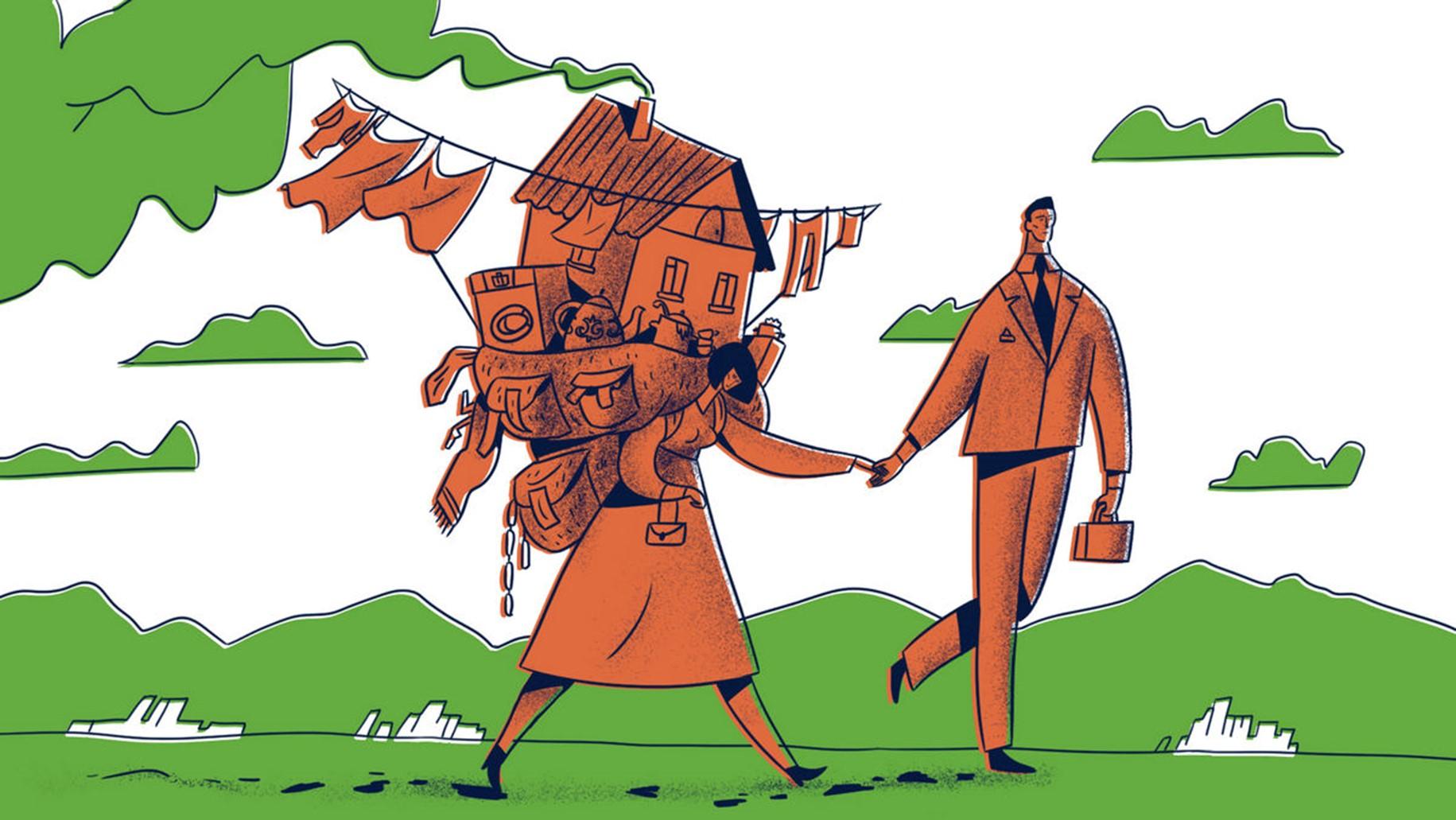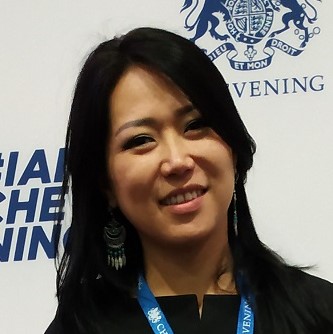Using evidence to shape public opinion
Overall, the collaboration demonstrated the power of data journalism to shed light on gender issues and potentially inform policy and advocacy. The stories garnered significant attention, receiving up to 25,000 views and 4,000 engagements each on social media. The story on unpaid care work was also recognized by the Global Investigative Journalism Network as one of the Top 10 data stories.
“Understanding and explaining gender inequality requires evidence,” says Altynai Mambetova, co-founder of the School of Data. “Data provide a means to substantiate inequalities, track progress over time, and gauge whether any progress is being made towards achieving gender equality.”
Recognizing the crucial role that journalists play in shaping public opinion and policy, and their ability to communicate gender data and statistics accurately and effectively, UN Women in partnership with the School of Data and the American University of Central Asia (AUCA) developed a training module on communicating gender statistics under the Women Count regional programme for Europe and Central Asia.
The module is designed to equip journalism students with the skills to compile, analyse and present media products using gender statistics and to increase their gender data literacy and practical skills particularly on gender stereotyping, intersectionality, discrimination and feminism.
As part of the Gender and Media Masters-level course at AUCA, students who completed the pilot module published four human interest stories that combined national gender data with compelling narratives. A gender data quiz on women’ and men’s situation in the country was published on national online media outlets 24.kg and kaktus.media, reaching some 190,000 people.
“I decided to bring public attention to gender inequalities in Kyrgyzstan by gamifying and visualizing relevant gender data, bearing in mind the media consumption habits of the audience,” explains Valentina Galich, one of the students completing the module and author of the gender data quiz. She continues to use data journalism to raise awareness on gender issues.



